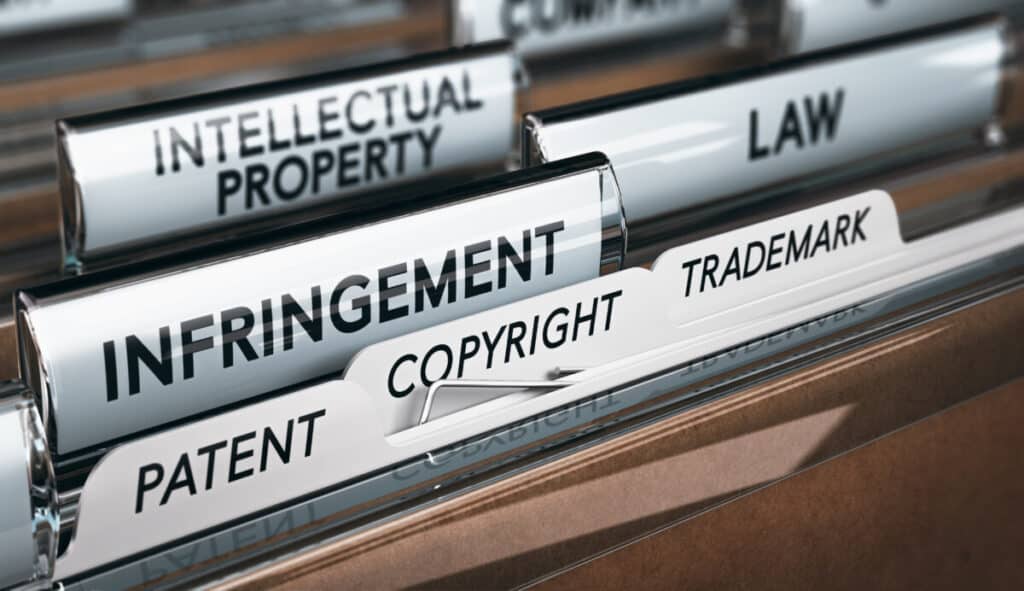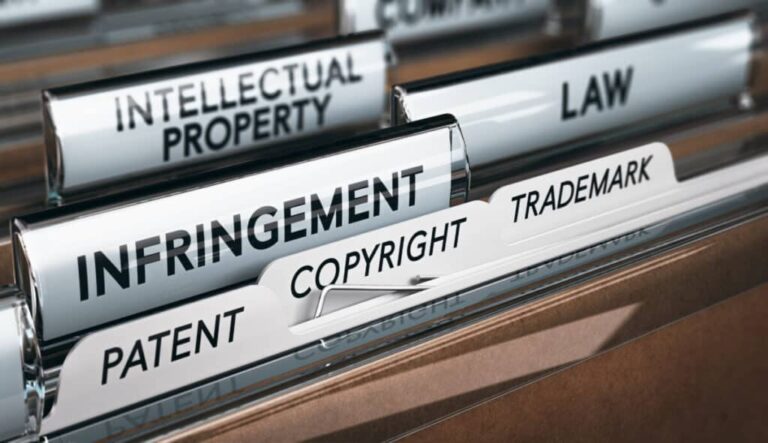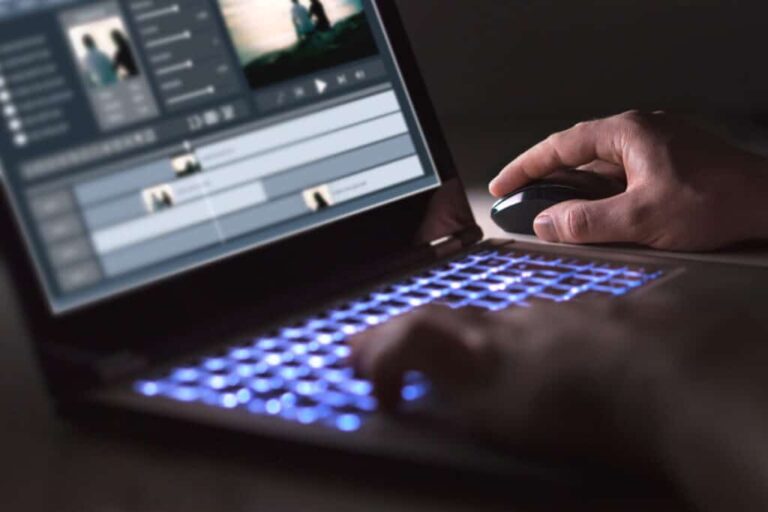Copyright strikes can be a very frustrating and difficult situation to deal with. For instance, a channel can be permanently deleted if it receives three copyright strikes, making it so that the creator can’t even retrieve their content back. However, how do you deal with getting a Copywrite strike on YouTube?
To deal with a Copywrite strike on YouTube, be very professional in one’s response to receiving a copyright strike. Reach out to the creator who placed the strike to avoid the law getting involved if possible. Educate yourself on fair use and communication so it doesn’t happen again.
Here are a few things to consider when a copyright strike or copyright claim is placed on you, as well as the differences between the two. Not only that, but we’ll also discuss the differences between using a strike or bad comment as bullying, or as an opportunity to grow as a person and creator.
Copyright and Fair Use
Nowadays, copyright and fair use is such a tricky tightrope to walk, it’s almost impossible to fully avoid it when making content. Not only can you copyright products or ideas, but some have gone as far as copyrighting colors, words, or poses.
What’s important to note is the difference between copyright and fair use. Copyright gives you ownership of a product in a way that you get to make money off of it, whereas fair use means you get to use a copyrighted product or idea, but you don’t get to claim ownership. You can have a copyright strike placed on you if you blatantly copy someone’s work. However, fair use calls for no such situation since it’s meant to be transformative to the original content in that it adds a new expression or perspective.
To split it up, the original creator can claim a copyright, and any party that wants to use it after must adhere to the rules of fair use. These rules will vary depending on the product or the creator, so it’s best to ask for permission or to fully do your research to know what you can or can’t use.
Copyright Claim
The difference between a copyright claim and a copyright strike is mainly the severity of the outcome. With a copyright claim, the creator is claiming the work that you show in your video and then requesting to receive some of the income or credit for it.
There are a couple of ways to respond to this kind of claim. Nate from Channel Makers suggests these four:
- Do nothing: By doing nothing, you’re practically ignoring the problem and either getting away with it, or risking the claim getting worse—like, for example, turning into a copyright strike.
- Share the revenue: While this is certainly not the perfect income, it’s better than removing the content you worked hard on or ignoring the claim. If you feel that you were following the rules and the creator is simply looking to get a little extra money, that would then be letting the creator take advantage of all your hard work, which isn’t fair.
- Dispute it: This is the outcome you want to pursue if you feel you were following the rules of Fair Use and want to challenge the original creator’s claim. However, this can be more effort than it’s worth, so tread carefully.
- Remove the claimed content: Finally, you could just take down the video you made and avoid the contention altogether. Of course, this could lead to a loss of revenue, which isn’t good for you, so don’t give up too easily if you feel there’s some possible negotiation to be had in this situation.
Copyright Strike
A copyright strike, on the other hand, is a lot more severe in terms of possible outcomes. A copyright strike comes to end in either missed revenue, attorney’s fees (if the law has to get involved), a loss in your reputation, or even in your channel being deleted. And, YouTube will take the side of the person placing a copyright strike on you, meaning that there’s not much you can do unless you negotiate with the creator or take them to court. Instead of wanting some credit or income, as in the case with a copyright claim, the creator simply wants you in trouble or your content removed from YouTube.
Nate from Channel Makers suggests responding to the copyright strike in one of the following ways:
- Wait 90 days for the strike to go down
- Get a retraction
- Submit a counter notification
Consequences of a Copyright Strike
If you have a copyright strike placed on you, there are three consequences you may run into, depending on how you react to the claim. You could either miss some revenue in having your video temporarily (or permanently) taken down, you may have some attorney’s fees if you get the law involved, or your reputation may be tainted or bruised.
While it’s unfortunate to lose money in the process of missed revenue or attorney’s fees, ultimately your reputation will take the biggest blow and have the longest felt effects. While you can make that lost money back, it’s very difficult to regain your reputation if put in such a circumstance.
So, whatever you do in the situation where you have a copyright claim placed on you, tread carefully. Don’t overreact or panic, as everyone will be watching you and waiting for you to slip up. This situation is certainly a two-sided coin: it could damage your reputation, yes, but play your cards right, and you could even strengthen your reputation and your audience’s loyalty.
How to Avoid a Strike
Of course, you could avoid lost revenue, attorney’s fees, or a blow to your reputation by just avoiding the possibility of getting a copyright strike altogether. To do so, Nate from Channel Makers suggests the following:
- Education yourself: Make sure you are very knowledgeable about the ins and outs of copyright, fair use, and everything in-between.
- Walk within the lines of fair use.
- Communicate with the creator and get written agreement before the video goes up: When in doubt, just ask for permission. And if you’re able to somehow get a written agreement, it’s very difficult to argue with that if the law were to get involved.
Ultimately, the easiest way to avoid a copyright strike is to not use any content that you don’t make yourself. It’s hard to put a strike on you are the original creator of all the content you use. However, this can be very tricky and only provide a few options. In some situations, it proves to be impossible.
Troll Trophies
Nate from Channel Makers identifies two different outcomes a creator can gain from a copyright strike or a rude comment. The lesser of these two options is a troll trophy, where ultimately, there’s nothing you can do to persuade this commenter to get on your side. Some people on the internet live for the chance to say something mean or critical, and despite any evidence you bring to light or coercion on your part to win the good opinion of the commenter, they will still be a hater. To put it simply, troll trophies are just to spread hate—nothing else.
The best you can do in this situation is to either ignore the comment (which could look bad in the eyes of other commenters that you don’t engage with your audience), hide or delete the comment or user, or to respond in a kind manner, regardless of what they comment. To make the process of combing through comments easier, you can even use “blocked words,” which is a function on YouTube that lets you search for any comments with a type of word you list (usually swear words), and then put those comments up for review in the back part of your channel to later approve and publish or disapprove and delete.
When it comes to deleting comments, a good rule of thumb is to ask this statement: “is this comment enhancing the audience’s experience?” If it is, even if it might be a troll trophy, you want to consider keeping it. But if it adds nothing to how the audience interacts with your content, you may want to consider deleting it.
Rude Clues
Rude clues, on the other hand, are a lot better in many ways compared to troll trophies. Though rude clues may hurt at first, depending on the nature of the comment, they can turn into great learning experiences and could even help grow your channel. Rude clues differ from troll trophies in that they are comments that actually hold a hidden truth to how your channel may improve, either calling out something about you or your content. Is the lighting off? Does the mic not work as it should? Would they prefer to see a particular kind of content that you hadn’t considered?
Ultimately, don’t pass up on the chance to have an open discussion with your audience. Not only is that a good way to build loyalty and appreciation with that particular commenter, but other members in your audience will see how you respond to that comment and appreciate your honesty and humility.
As Nate from Channel Makers comments, “differing opinions is not hate.” Of course, don’t bend over backward just to please one commenter—make sure that any changes you make to your comment based on a rude clue are actually relevant to your channel and how your brand and create content. However, just because someone said something that is mean, critical, or hurtful, doesn’t necessarily mean that they should be ignored.
There’s a language barrier in a way when it comes to communication on the internet. We don’t have the same clues as we do when talking to someone face to face, so some meaning or conversation may get lost in translation, causing a more hurtful comment than the commenter may have intended. Or, maybe their comment is just as rude as they wanted it to be—in which case, it still doesn’t hurt to think, “does this enhance the audience’s experience,” or “could this comment help me improve the quality of my content?”
How to Respond to a Copyright Strike or a Rude Comment
Responding to a copyright strike or a rude comment is a very delicate process that should be tread carefully. It doesn’t reflect well to talk poorly about the original creator or the rude commenter that called you out. But, of course, you want to defend yourself and your reputation so that your audience keeps watching and following your content.
Before you respond to any original creator or rude commenter, practice these steps: sit, pause, publish. You may regret later on responding in the moment, where you might say something that makes you look bad, and in the process, potentially loses you some followers. However you decide to respond, make sure you do so professionally and keep consistent across the board, both in your other responses and in how you represent yourself.
Creating a Response Video
In the case of a copyright strike, it may even be a good idea to make a response video. In doing so, your followers will appreciate the transparency, honesty, and perspective you bring to the situation. There is certainly a right and wrong way to make a response video, so here are a few things to consider.
The only time you should be making a response video is if you have insights or expertise to add, or if you are wanting to open the floor for a conversation. If you’re making a response video just to complain or reiterate what’s already been said, it may do more harm than good. However, if you wish to tell your side of the story, your followers will appreciate it and may even increase their loyalty to you and your channel.
If you are deciding to make a response video, make one that the original creator would be happy to see—in doing so, you promote better relations with them and encourage your followers to do the same. If all you do is complain and talk negatively about the creator in your response video, you give them a very easy excuse to complain back, and potentially put a target on yourself for future copyright strikes.
Conversely, if you find content about you, consider commenting on the video or look for a collaboration opportunity. You could even go as far as making a response on their response video. In doing so, you are encouraging a better mindset and creating positive connections that will get you farther along in making a channel on this platform, rather than taking you multiple steps backward.
Error processing API data.





